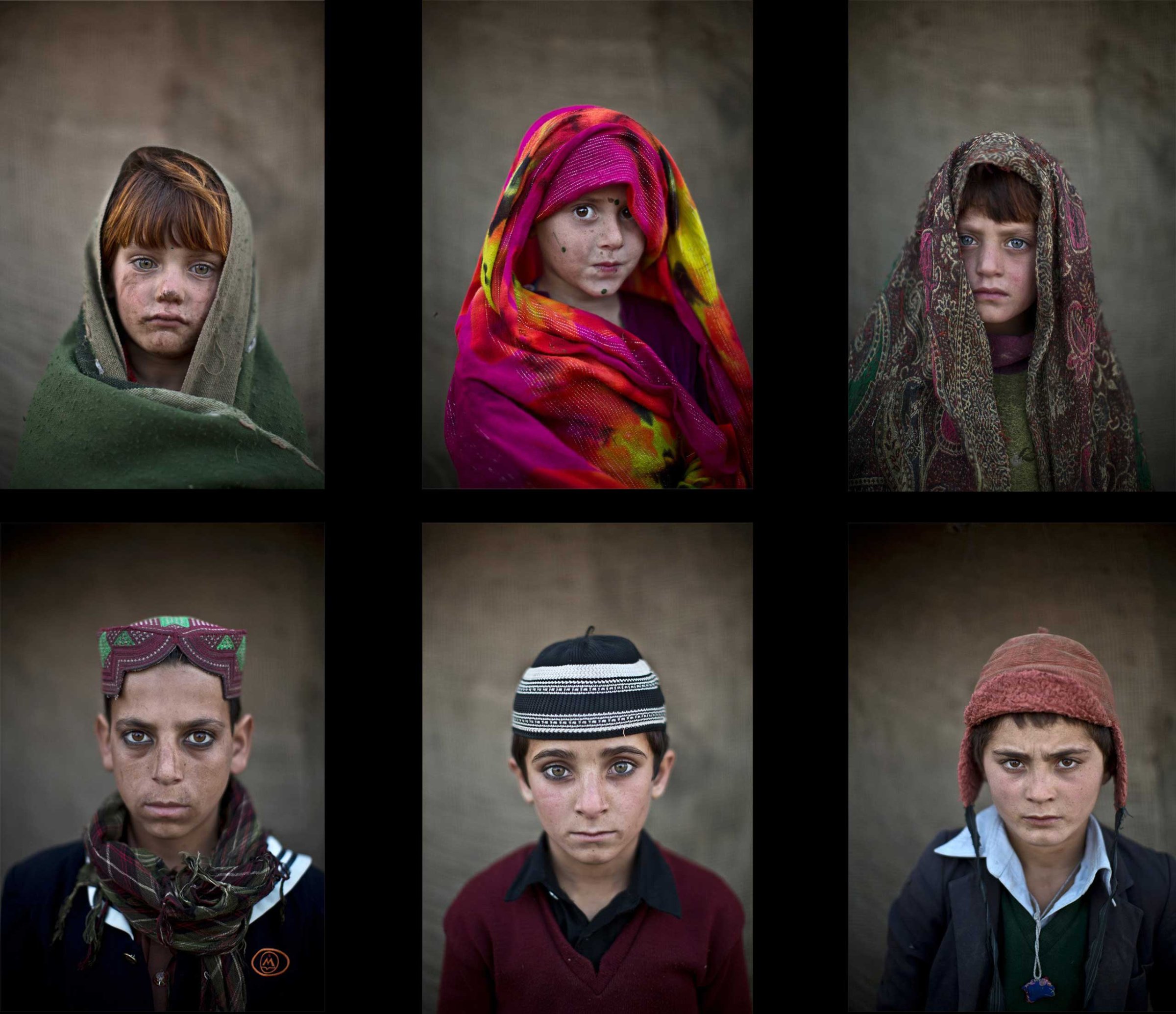
Whether through digital channels, print or on exhibit, the impact, influence and reach of the still image has never been greater. But with so many images fighting for our attention, how do photographers make work that most effectively stands out and connects with an audience. In this seven-part series, TIME looks back over the past 12 months to identify some of the ways of seeing—whether conceptually, aesthetically or through dissemination—that have grabbed our attention and been influential in maintaining photography’s relevance in an ever shifting environment, media landscape, and culture now ruled by images.
The Portraits Series
This year there was a plethora of portrait series taken by photojournalists, who consciously chose to isolate their subjects from their context and deliver typological studies of them in multiple.
For the past four years, Associated Press photographer Muhammad Muheisen (TIME’s Best Wire Photographer of the Year 2013) has consistently produced strong documentary work of daily life from the slums of Islamabad, Pakistan. In January this year, he filed a series of images to the news wires that were widely published to much acclaim. Unlike his previous work, which was shot in a traditional reportage manner, these were close-up portraits of Afghan child refugees photographed against simple backdrops. The poignancy and power of these bare images is reinforced through the repetition of individual dirty faces and their emotive, direct gaze.
Amongst the many photojournalist who took a similar approach, were Anastasia Taylor-Lind—who produced a simple and nuanced portrait series of individual protestors in Kiev’s Independence Square in Ukraine (using Instagram and Facebook to share her entire process with her followers and her subjects), Pete Muller who photographed men—both soldiers and civilians—in the Democratic Republic of Congo (DRC) for his study into the causes of male-perpetrated violence, Andrew Quilty who made two portrait series related to the war against Islamic State Militants—one of Syrian Kurdish refugee women who had fled the fighting and another of Iraqi Kurdish militia men in training to seize back their homeland, and Andrea Bruce who as part of an innovative collective project with fellow Noor photographers Nina Berman, Stanley Greene and Alixandra Fazzina took photo booth portraits—in a converted tent—of refugees and their cherished possessions, at the Zaatari camp in Jordan.
On a lighter note Philipp Engelhorn’s images of beach goers in Quindao, China, wearing strange masks and suites to protect themselves from the sun and jellyfishes weirdly recall Rineke Dijkstra’s early 90’s beach portraits, and Martina Bacigalupo‘s series of found portraits from the oldest photographic studio in Gulu, Northern Uganda—discarded and faceless images after passport portraits have been stamped from the prints—offer a surreal take on the approach. More recently Daniel Berehulak took a clean and graphic approach to augment his powerful long term reportage work covering Ebola in Africa, with a series of strong, stark, black and white portraits of Ebola workers that showed the disease from another equally powerful perspective.
Read Part 1 – Direct to Audience.
Read Part 2 – Documentary Still Life.
Read Part 4 – The Contemporary Photo Essay.
Read Part 5 – From Stills to Motion.
Phil Bicker is a Senior Photo Editor at TIME
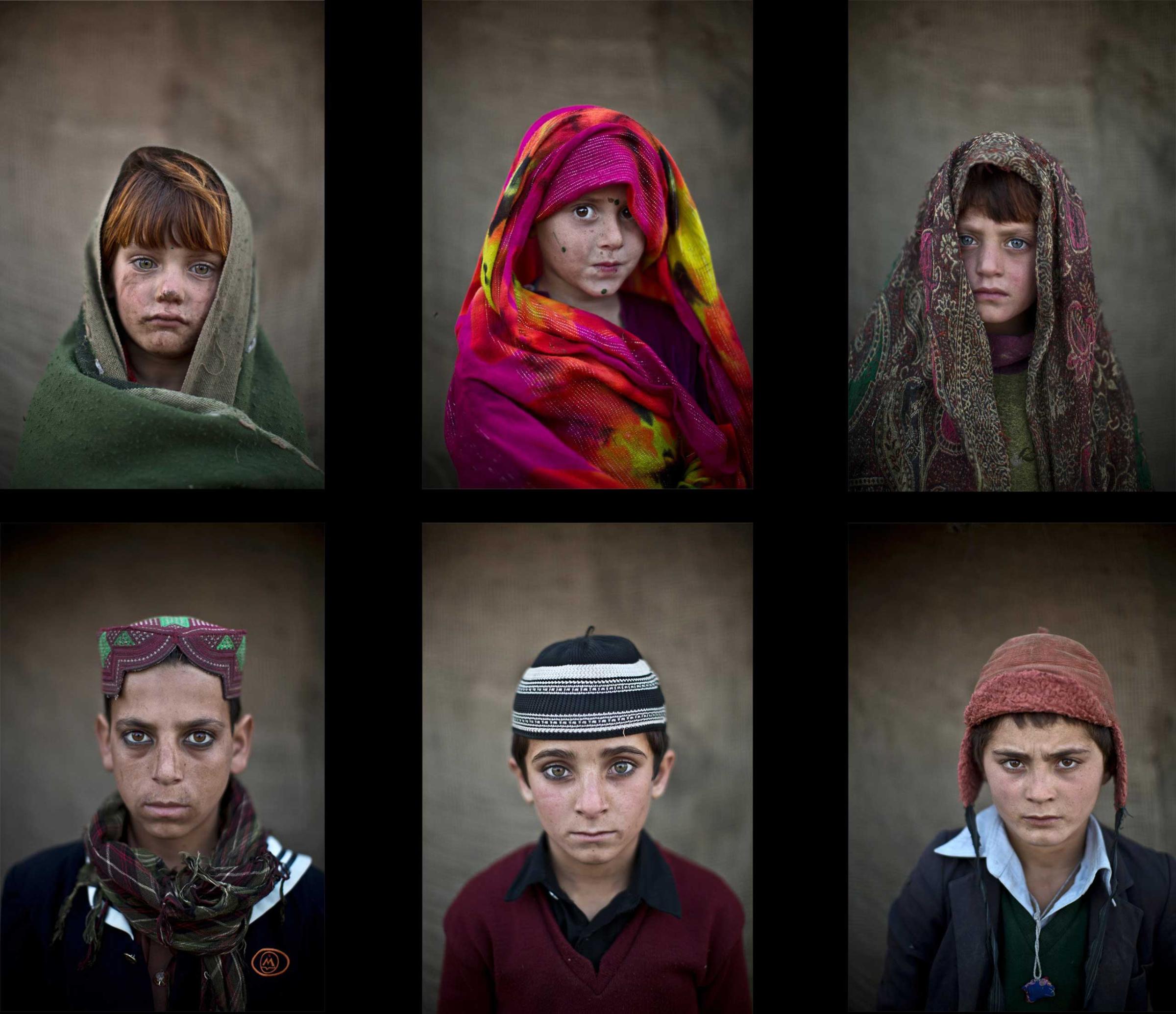
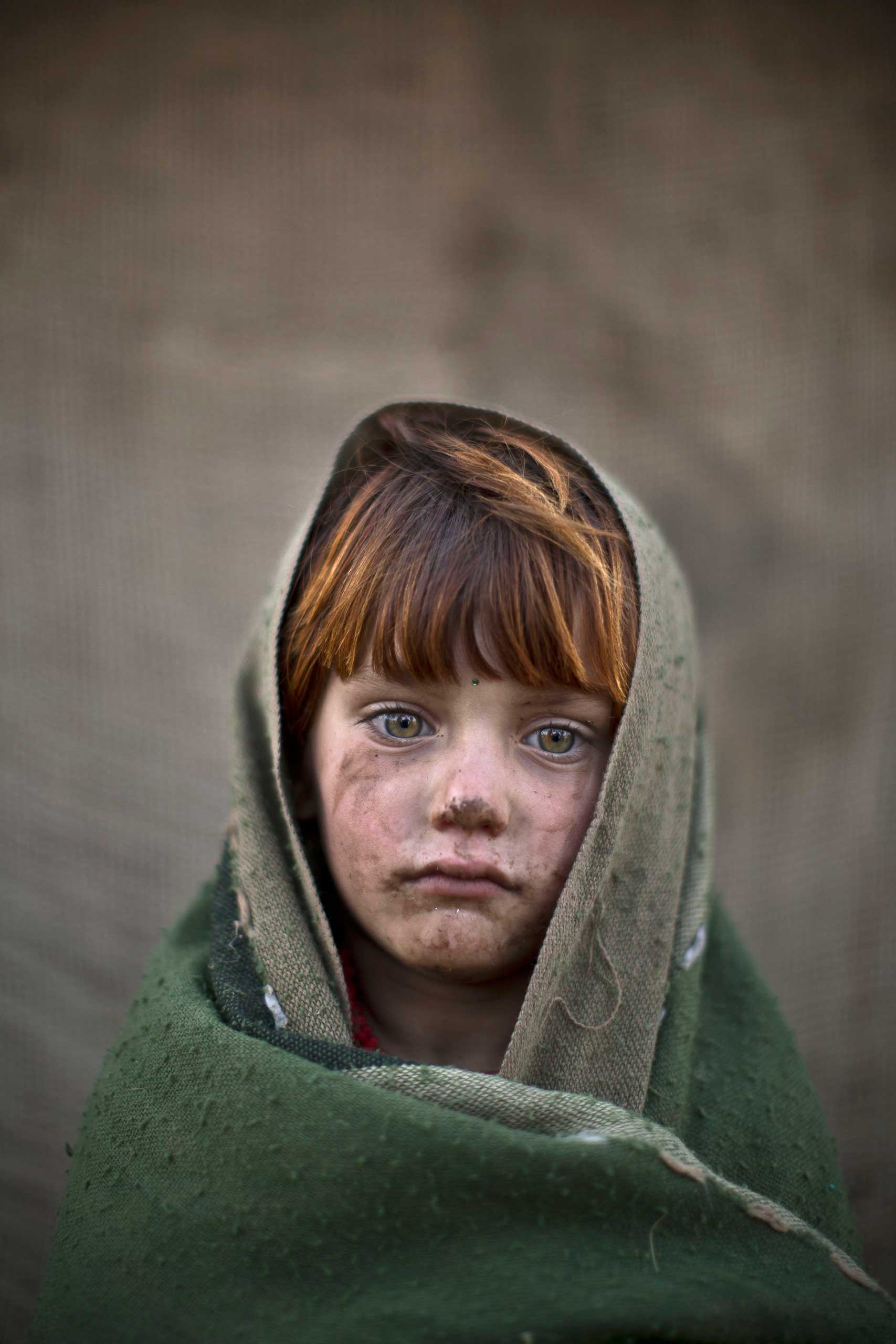
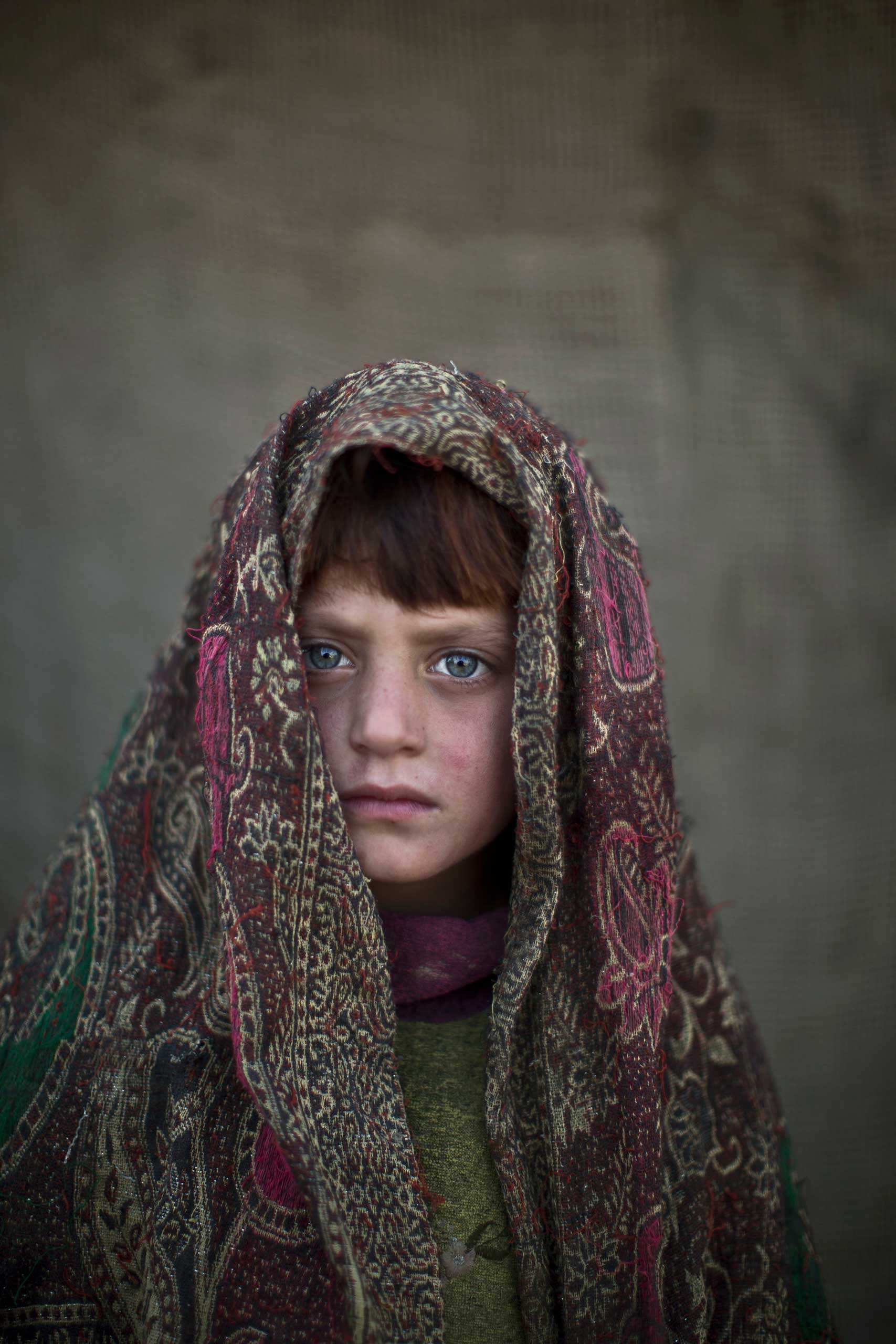
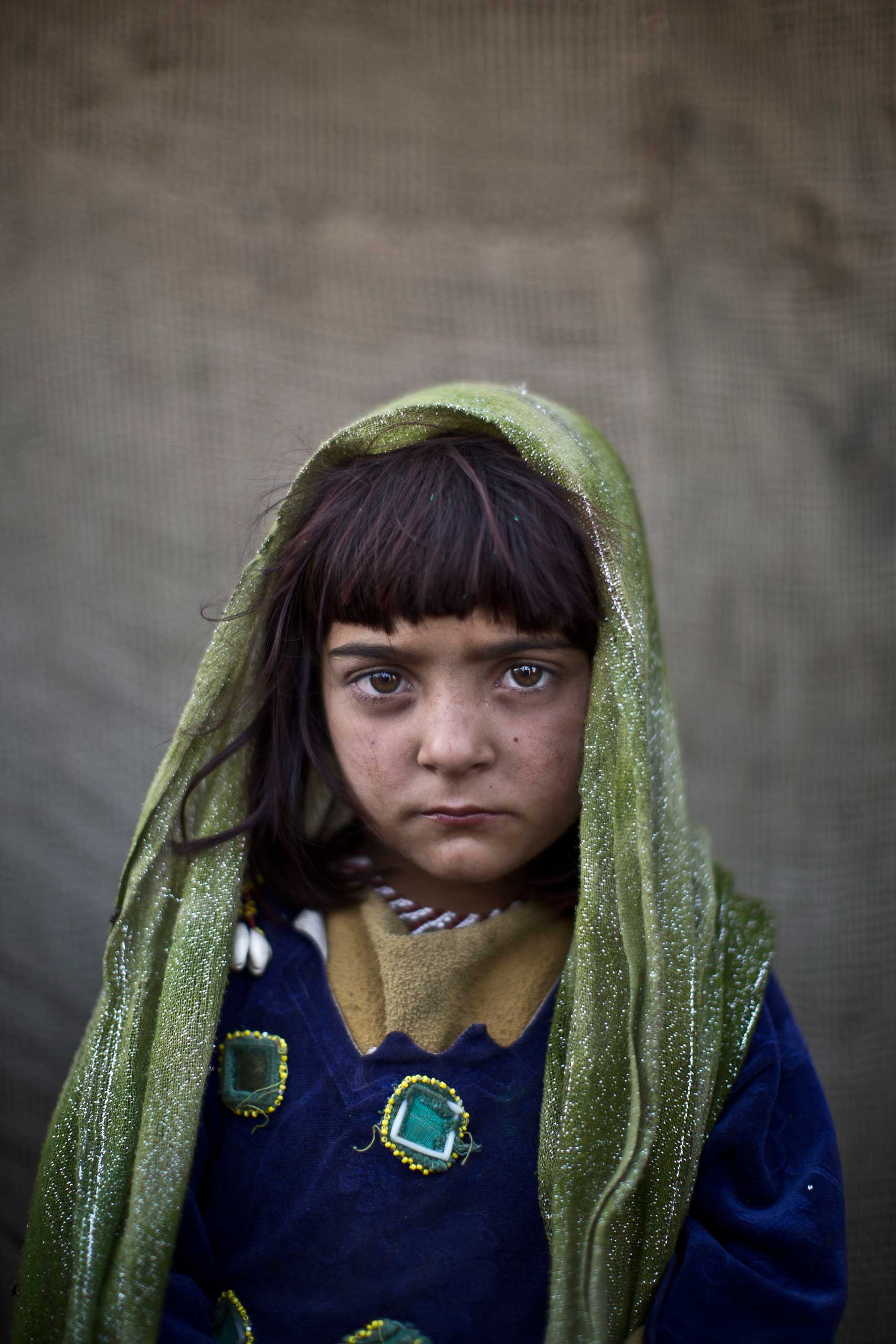
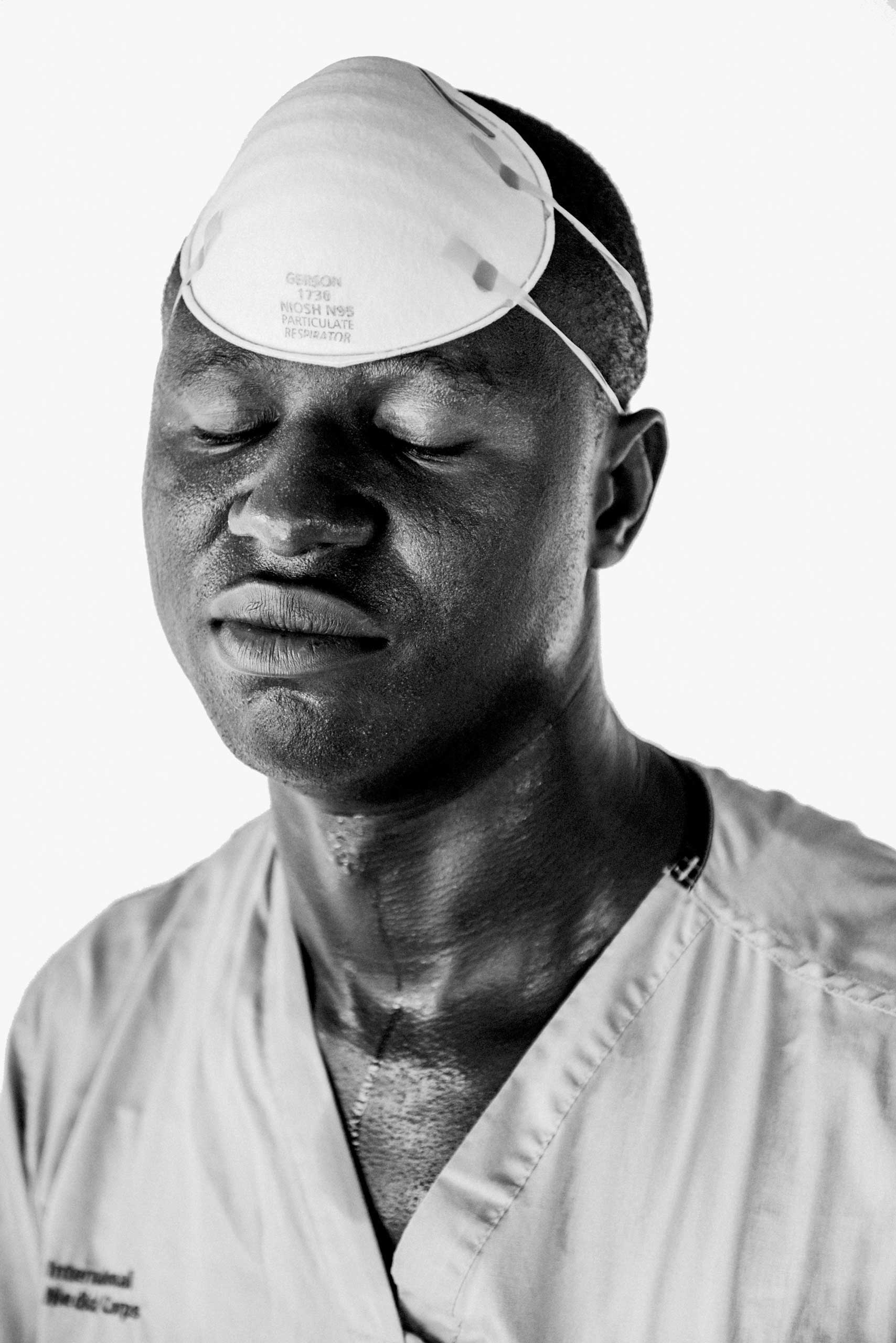
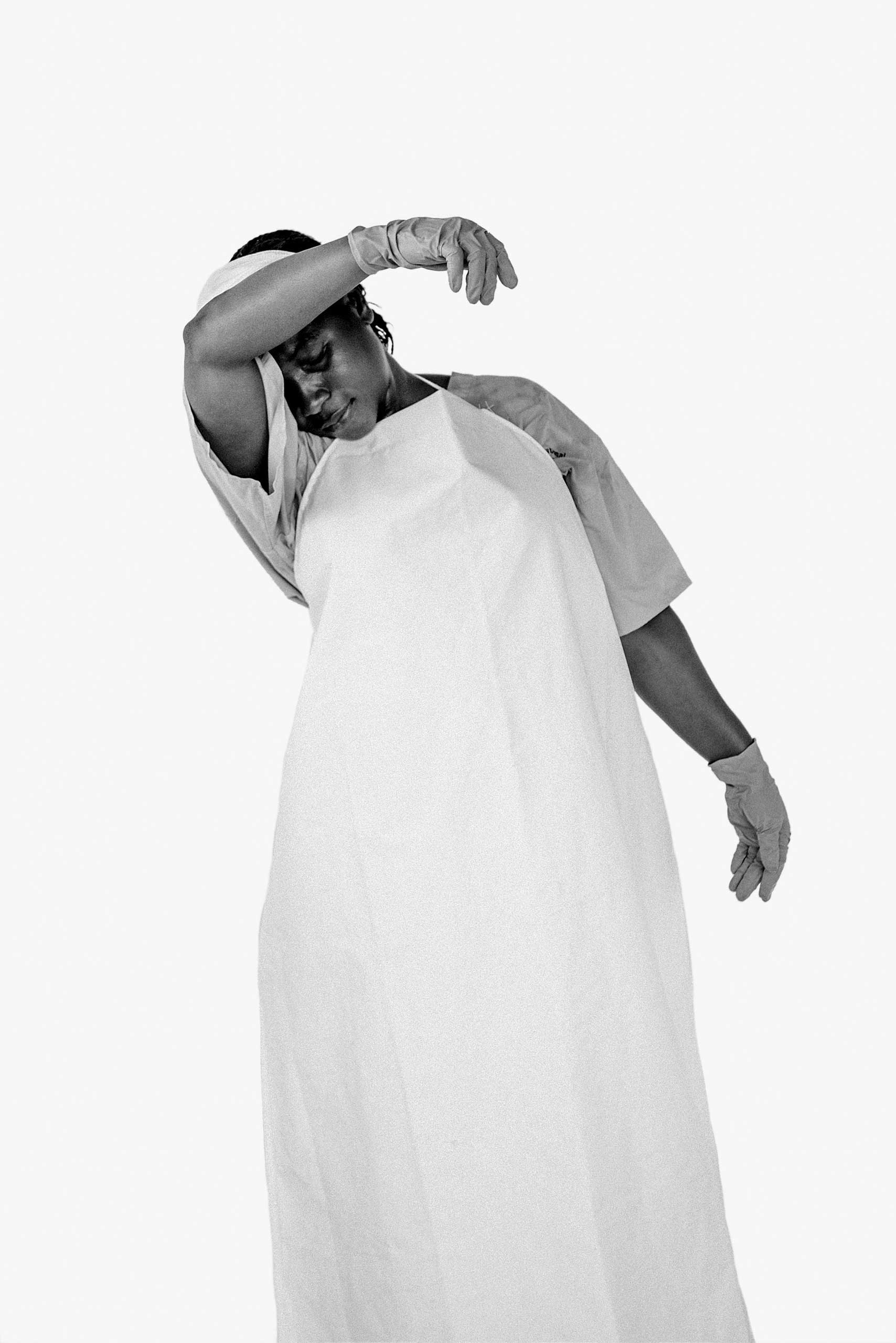
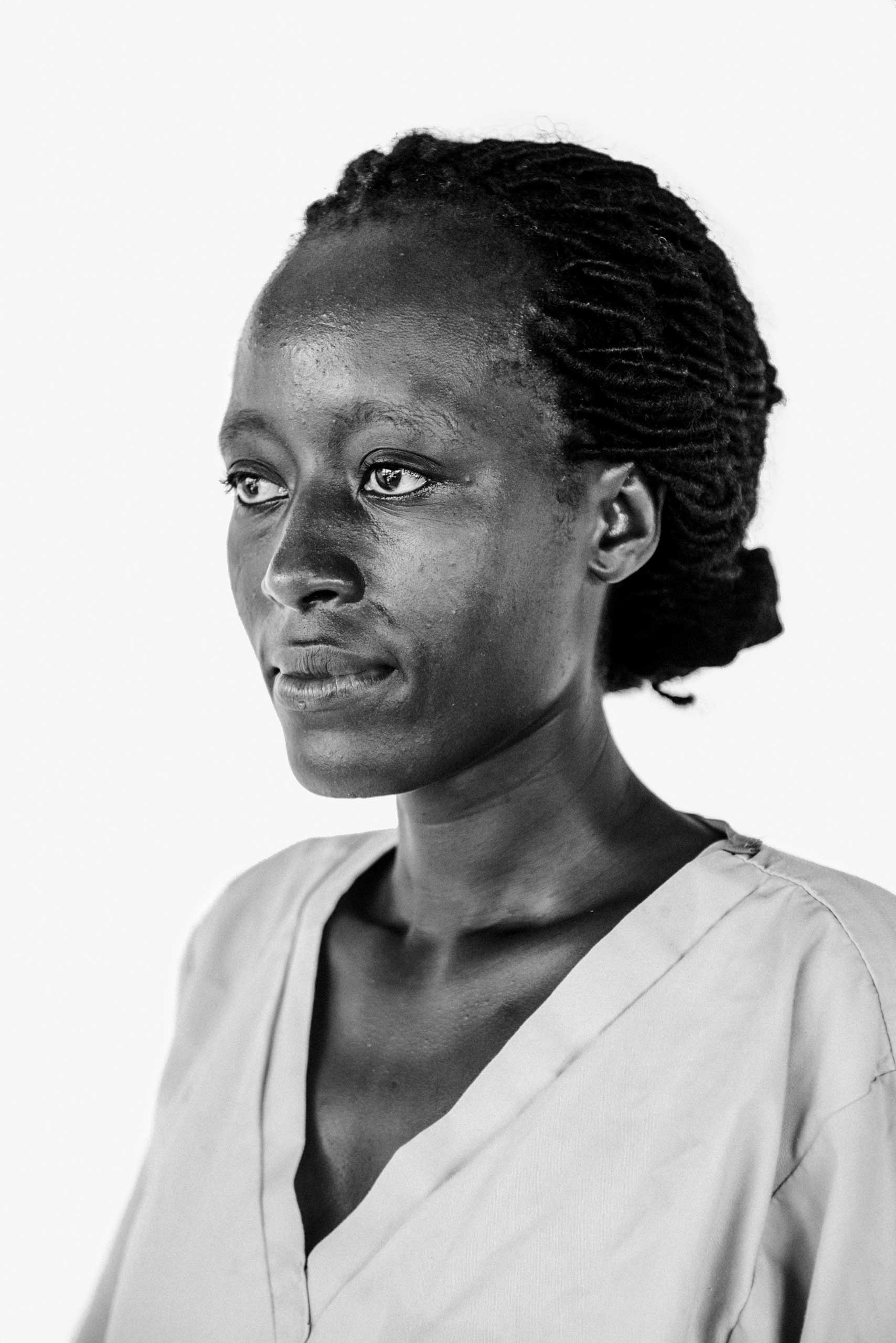
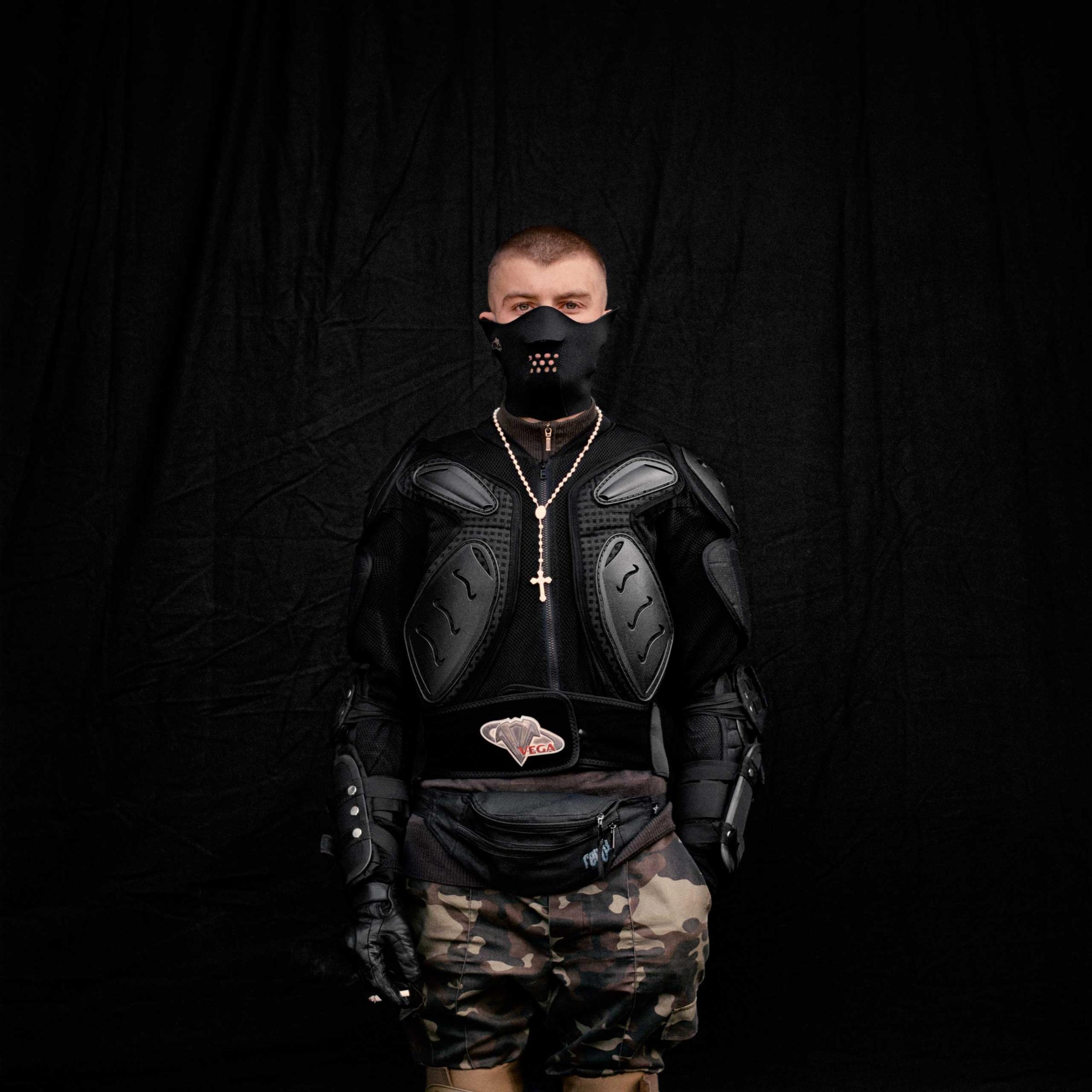
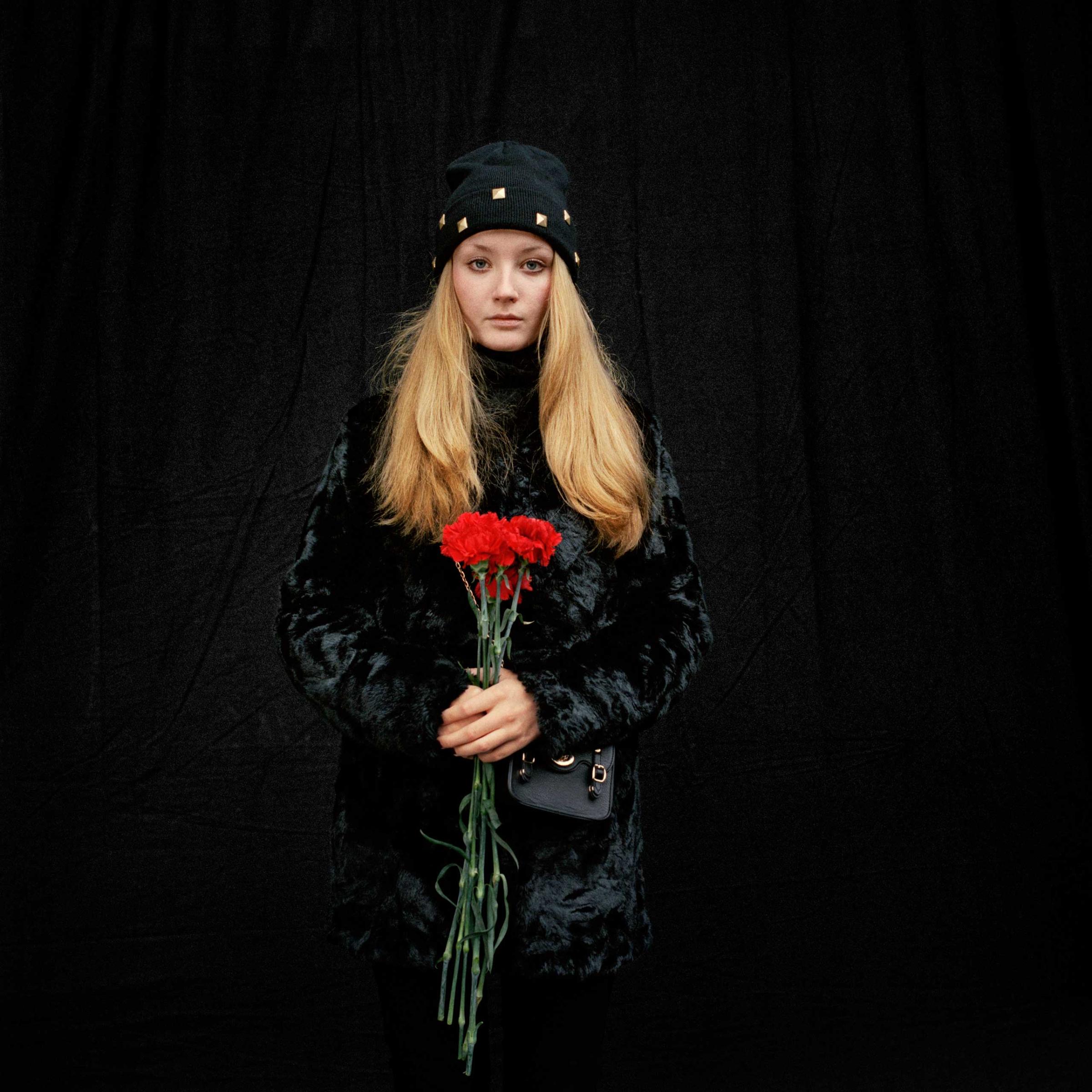
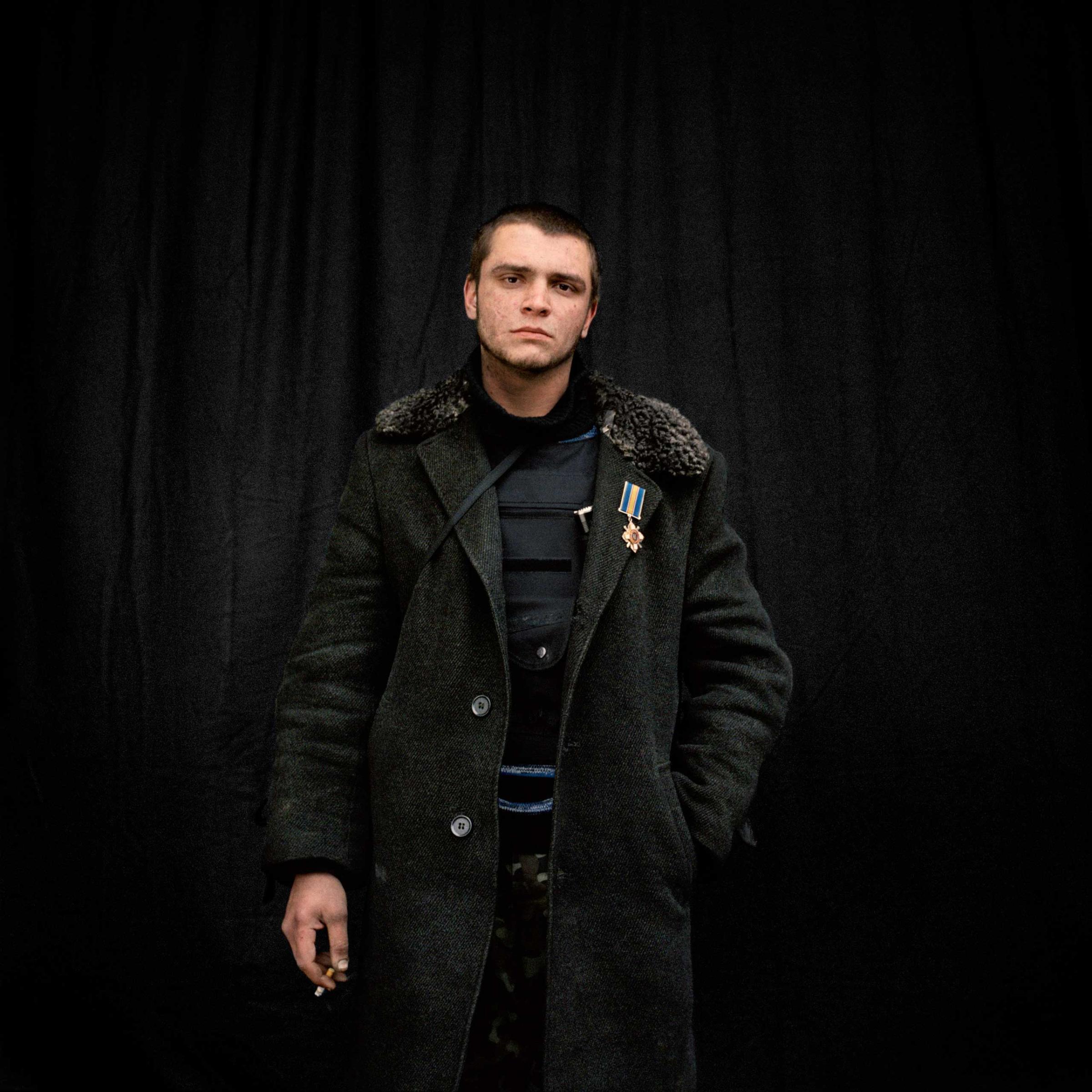
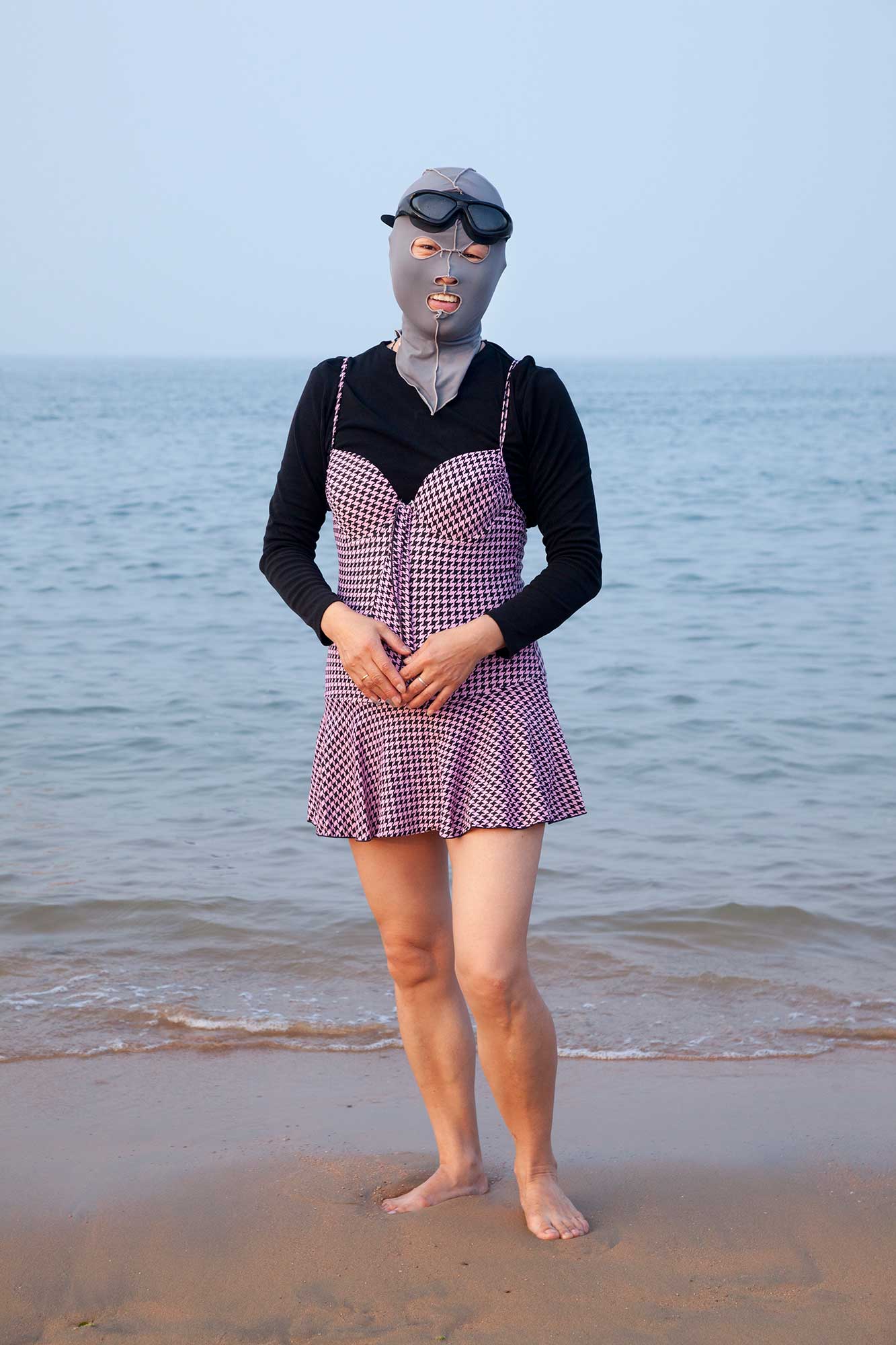
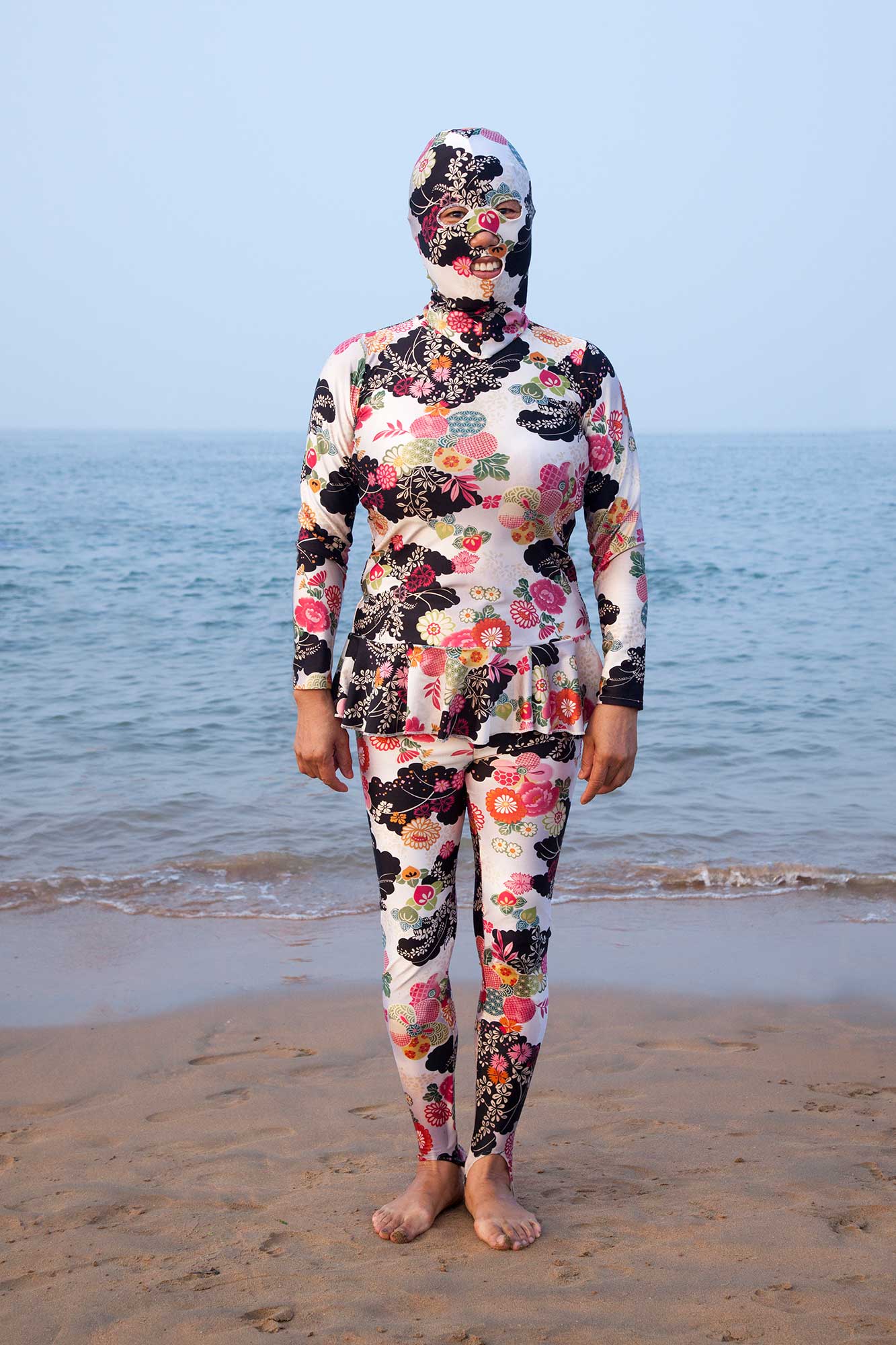
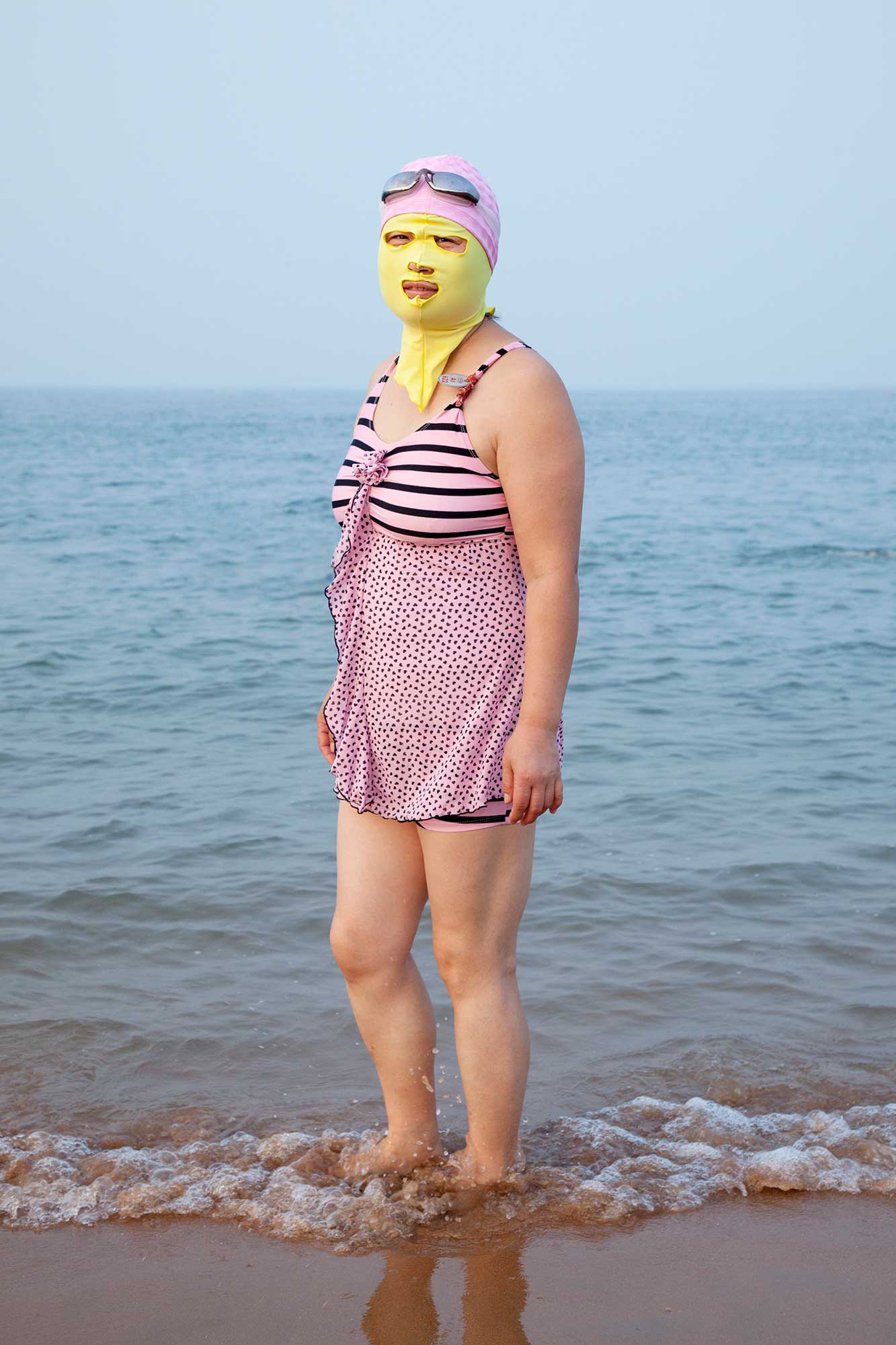
More Must-Reads From TIME
- The 100 Most Influential People of 2024
- Coco Gauff Is Playing for Herself Now
- Scenes From Pro-Palestinian Encampments Across U.S. Universities
- 6 Compliments That Land Every Time
- If You're Dating Right Now , You're Brave: Column
- The AI That Could Heal a Divided Internet
- Fallout Is a Brilliant Model for the Future of Video Game Adaptations
- Want Weekly Recs on What to Watch, Read, and More? Sign Up for Worth Your Time
Contact us at letters@time.com